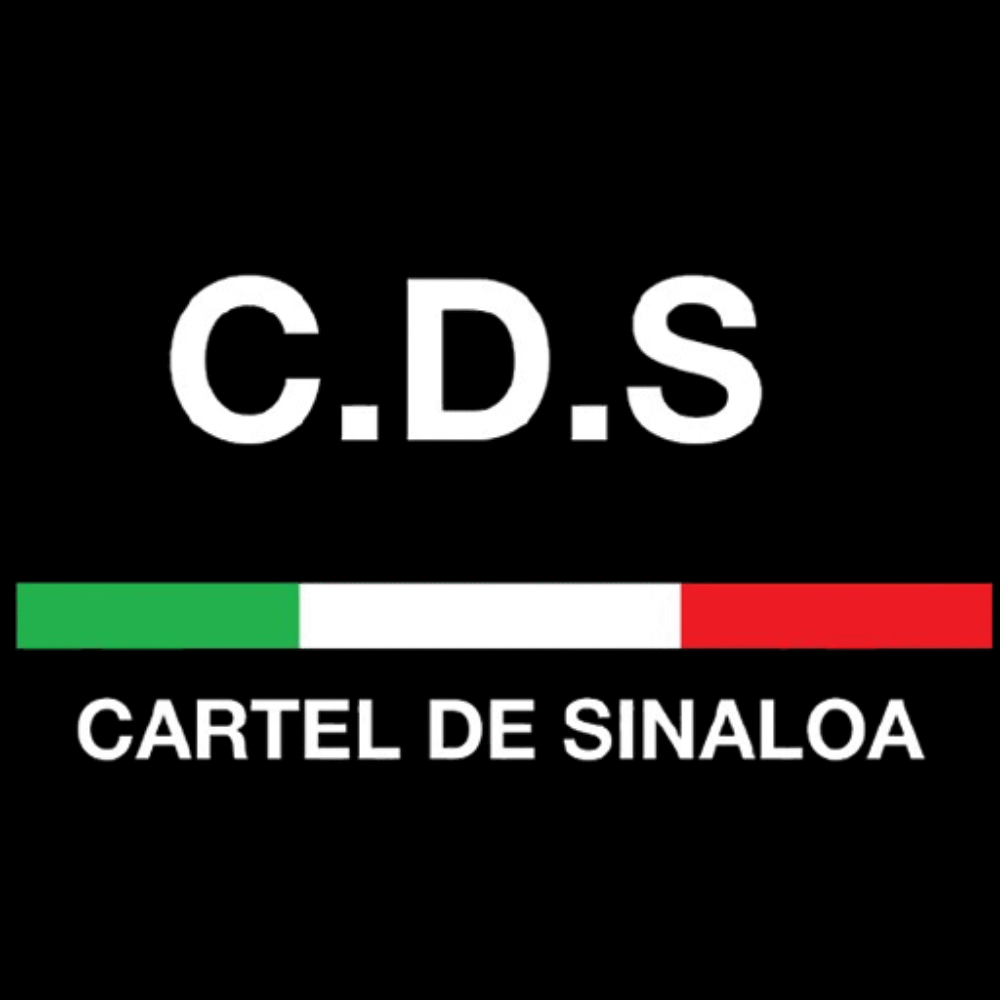Money Laundering Techniques Used by International Drug Cartels
International drug cartels like the Sinaloa Cartel generate billions in illicit profits annually, necessitating complex money laundering operations to legitimize their earnings and evade law enforcement. In 2025, these cartels use a variety of sophisticated techniques to clean drug money, integrating traditional methods with cutting-edge financial technology.
1. Front Companies and Shell Corporations
Cartels establish legitimate businesses such as restaurants, construction firms, real estate agencies, and import-export companies. These front companies serve as vehicles to funnel illicit proceeds into the legal economy by mixing illegal earnings with genuine revenue, masking the origin of the funds.
2. Trade-Based Money Laundering (TBML)
Drug profits are laundered through international trade by manipulating invoices and shipping documents. Over- or under-invoicing goods allows cartels to move large sums across borders disguised as legitimate commercial transactions, complicating detection by customs and financial authorities.
3. Real Estate Investments
Purchasing high-value real estate properties in Mexico, the U.S., and other countries enables cartels to convert illicit cash into tangible assets. Properties can be resold or rented to generate clean income, while their value often appreciates over time.
4. Cryptocurrency and Digital Assets
Increasingly, cartels utilize cryptocurrencies and blockchain technology to launder money. Digital currencies like Bitcoin offer anonymity and cross-border transferability, allowing cartels to move funds rapidly and obscure financial trails using mixers, tumblers, and decentralized exchanges.
5. Hawala and Informal Value Transfer Systems
Cartels exploit informal money transfer networks such as hawala, which operate outside traditional banking channels. These systems enable fast, untraceable transfers of large amounts of money internationally, especially between Mexico, the U.S., and other drug markets.
6. Casinos and Gambling Operations
Investing illicit funds in casinos, often in Mexico and abroad, allows drug money to be exchanged for chips, gambled, and cashed out as legitimate winnings, thereby cleaning the money with minimal suspicion.
7. Structuring and Smurfing Bank Deposits
Cartels break down large cash amounts into smaller deposits or transactions below reporting thresholds (“structuring”) to avoid detection by banks and regulatory agencies. These fragmented deposits are then consolidated through multiple accounts.
8. Offshore Accounts and Tax Havens
Use of offshore financial centers with strict banking secrecy laws facilitates hiding and layering illicit funds. Accounts in the Caribbean, Panama, and Europe help cartels shield assets from authorities.
Conclusion
The money laundering techniques used by international drug cartels in 2025 are increasingly complex and technologically advanced. Understanding these methods is essential for law enforcement and financial institutions aiming to disrupt the flow of illicit funds that sustain global drug trafficking networks like the Sinaloa Cartel.


